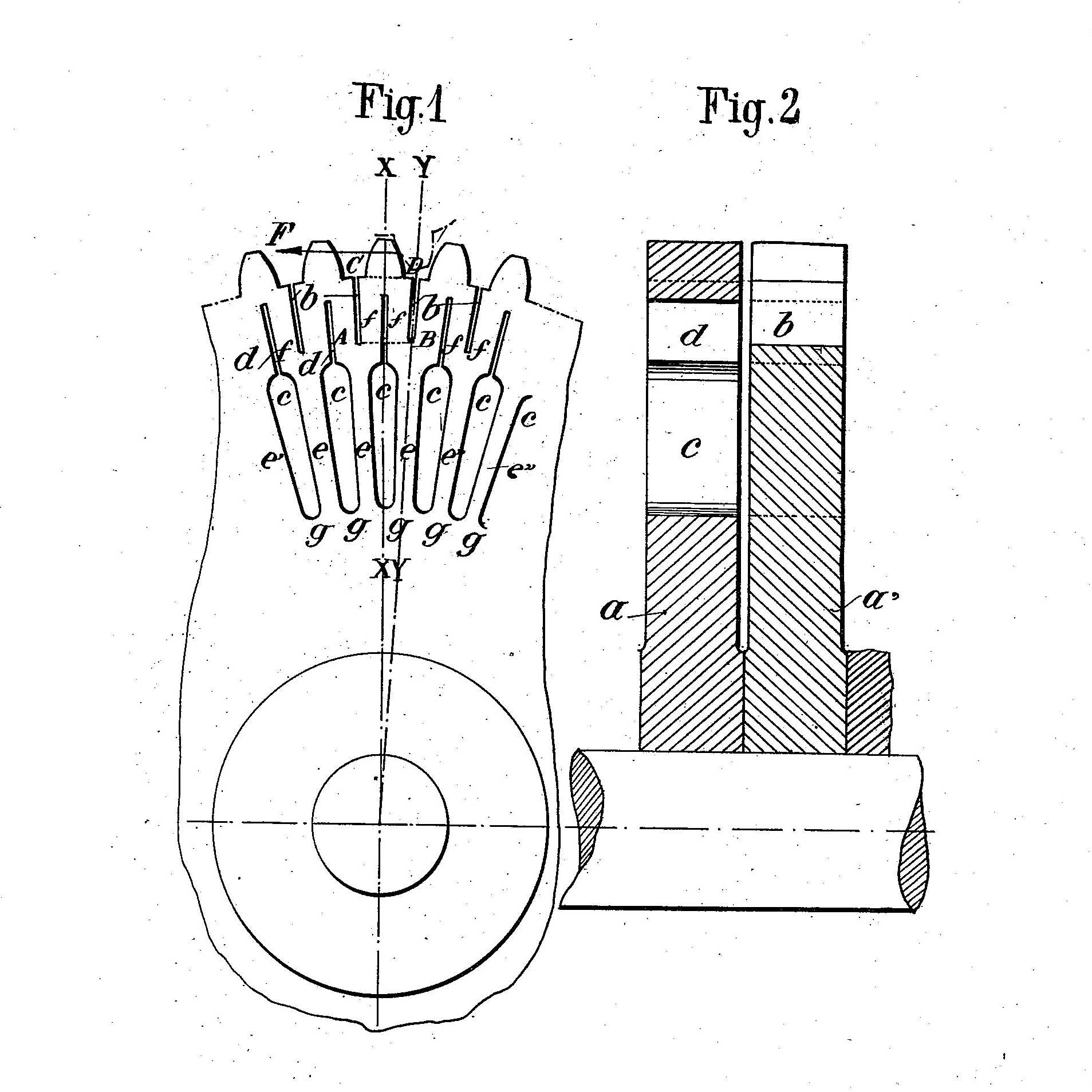
Leschot Pantograph
The Leschot pantograph was developed by Georges Auguste Leschot, a master watchmaker employed by Vacheron Constantin, in the 1840s. The tensioned array of pulleys allowed for a drill or mill bit to be operated on the copying-end of the pantograph array.
Precise pantographs are one of the keystone tools that first enabled watch manufacturers to develop calibers with interchangeable parts—a practice pioneered largely by now-defunct American watch companies.
Image credit Jack Forster

